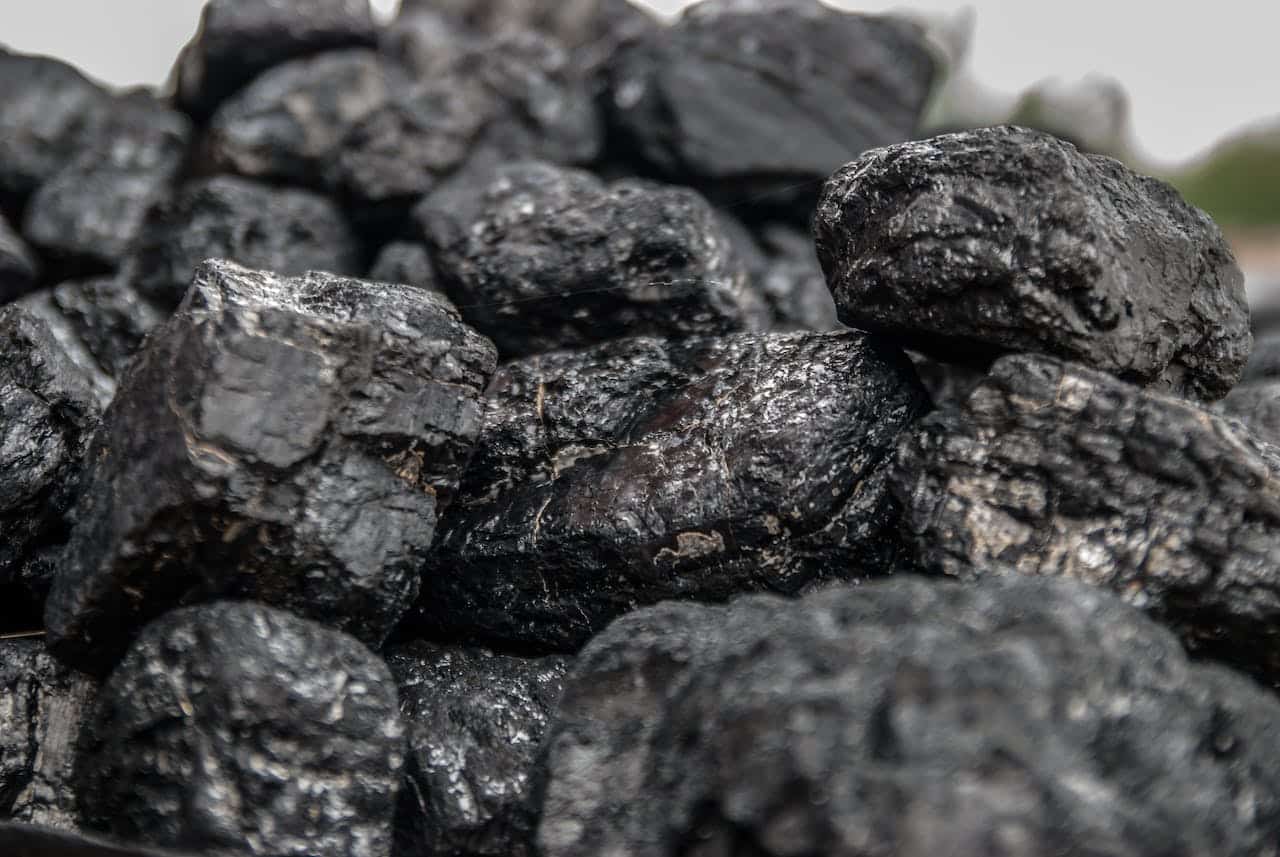“It is impossible to maintain several dozen Polish bituminous coal mines with such a small demand for their product. After 2030, we will probably need just 2-3 mines,” argues Michał Hetmański, an expert from the Instrat Foundation.
On Tuesday, September 10th, trade unions will protest in central Warsaw. The unions include the Enea plants (Bogdanka mine, Kozienice and Połaniec power plants). They want to talk about a 15% pay raise at the mine, and they demand from the government information about the future of Polish energy transition, particularly the fate of Bogdanka mine.
“The government is fully aware of the inevitable end of the coal era. We are beginning its last decade in the Polish energy mix – according to forecasts by the Polish Power Grids, the share of coal will drop below 10% by 2030. The National Energy and Climate Plan (KPEiK) also shows a similar direction, but it overestimates the role of coal at the expense of gas. Therefore, we urgently need a fair transition plan – a roadmap,” believes Hetmański.
For several days, discussions about coal and energy transition have again been at the center of attention for two reasons: the disclosure of the budget for 2025 and the update of the National Energy and Climate Plan up to 2030 (KPEiK).
Adding up the amounts from the budget and the budget-related act, we know that the government will allocate about PLN 9 billion (in subsidies, but also in bonds, which will ultimately be borne by citizens) from our collective money to subsidize mining next year. Of this, approximately PLN 7 billion is a type of compensation for reducing extraction.
On the other hand, according to the ambitious scenario of KPEiK, which the Ministry of Climate and Environment partially presented last week, PLN 792 billion is needed for the energy transition by 2030, which is almost PLN 158 billion per year. However, we do not yet know the breakdown of this amount into funding sources.
“Questions from various corners of Polish energy and mining are natural – do you still foresee work for us? Silesia is the largest, but one of seven coal regions. Bełchatów and Turów are decidedly worse – the local labor market and prospects are not as good as in Silesia. The sooner we start planning to turn off the lights, the better – the high fixed costs of mines offer no option to postpone operations over time, as with currently considered power plant derogation (exemptions from some EU law obligations) and the capacity market,” believes the Instrat expert.
According to KPEiK, energy from renewable energy sources is to grow – its share in the mix is to reach 56% in 2030. The share of coal will decrease, which is inevitable and is already happening. (According to the Energy Forum report, coal consumption is dropping faster than production; in 2023, consumption fell by 8 million tons, while production by 4 million, with imports still at a high level).
“For such numbers as those modeled in KPEiK, communication must go hand in hand: our analyses show us the end of the demand for specific power plants and mines, but in return we offer you generous support in the process of leaving the profession. That is how the whole government should send the message, not just one or two departments present at the document’s publication. I’m counting on further rapid steps,” says Hetmański.
On Tuesday, we are expecting protests from the Bogdanka mine in the Lublin region, but Silesia is also waiting for information and plans, as well as places where coal deposits are running out – Turów and Bełchatów.
The social agreement with miners, concluded by the previous government and maintained by the current one, speaks of closing the mines by 2049. Will the final KPEiK document contain dates? Why do experts suggest that maintaining mining until 2049 is unrealistic? What should we expect from the government regarding the mines?
“We will find out whether KPEiK will contain dates as soon as the document appears, but I suspect that the new ambitious version, like the basic one, avoids this issue. However, it is easy to conclude that the 2049 date is unrealistic: it is impossible to maintain several dozen Polish bituminous coal mines with such a small demand for their product. Similarly, it is impossible to maintain both lignite complexes at once – PGE GiEK sees this challenge today and needs a clear declaration of support from the state in the process of a fair transition and turning off the lights in the last years of its activity. The demand for bituminous coal will decline to marginal levels not only in the energy sector, but also in heating and industry. After 2030, we will probably need just 2-3 mines, rather than 4-6, as can be inferred from KPEiK. A decade later, it will be much less – even 1-2 mines,” comments Michał Hetmański.
Source: https://managerplus.pl/przyszlosc-polskich-kopaln-jak-transformacja-energetyczna-wplynie-na-sektor-weglowy-64874
